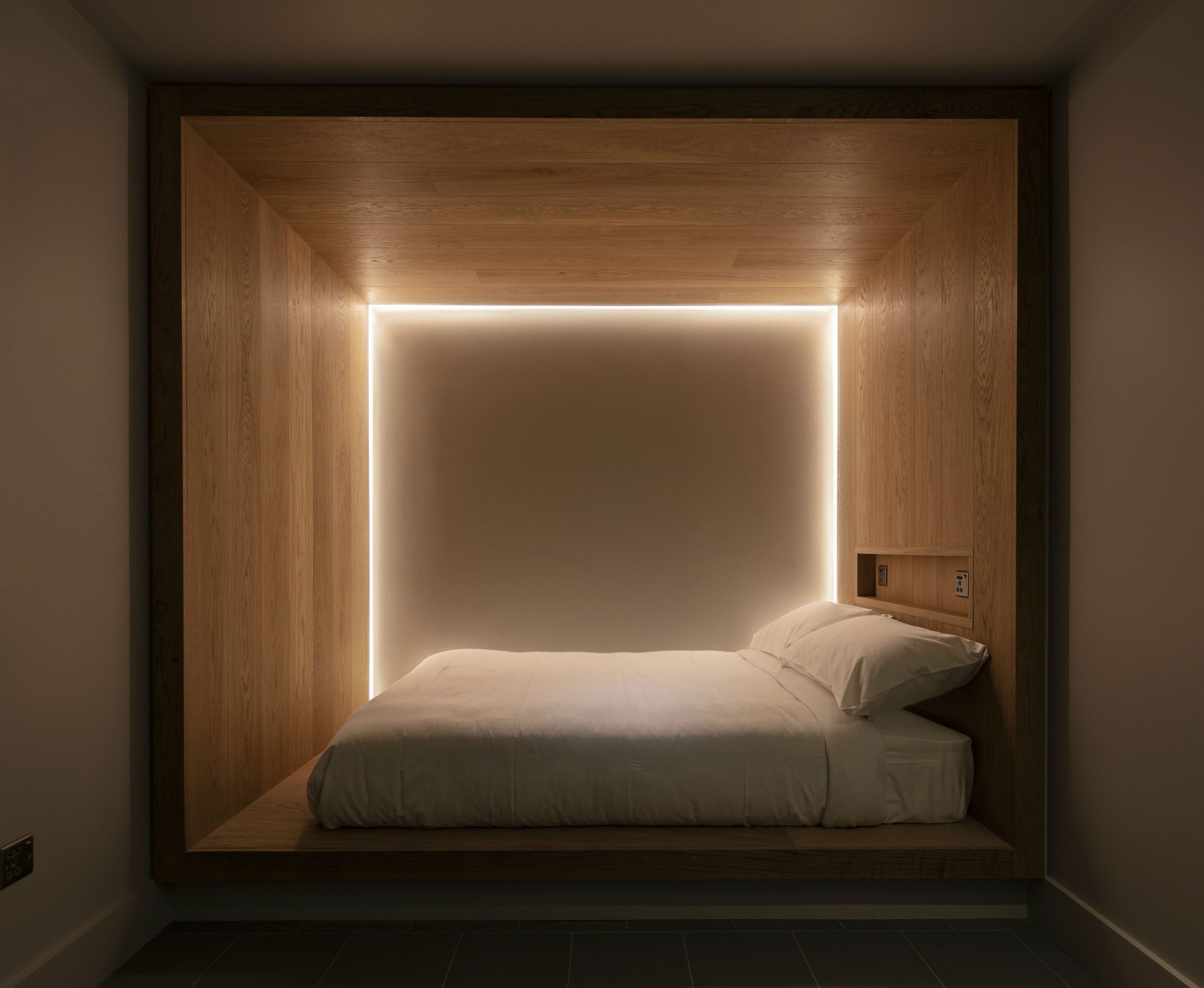Welcome to the world of Arigami, where science, technology, and design converge to enhance quality of life through sensory experiences.
What is Sensory Design?
At its core, sensory design focuses on creating environments that holistically engage the human senses. By thoughtfully integrating elements such as color, texture, lighting, sound, and scent, sensory design aims to evoke emotional responses, influence behavior, and enhance cognitive functions. Whether in a public space, workplace, or home environment, sensory design has the potential to transform how we interact with and experience our surroundings.
The Science Behind Sensory Design
The intricate relationship between sensory design and neuroscience is a subject of immense fascination. Our brain's processing of sensory stimuli directly impacts our overall wellness, affecting factors such as stress levels, productivity, and creativity. By understanding the neural mechanisms involved in sensory experiences, designers and professionals can create environments that promote positive cognitive and emotional states.
Applications of Sensory Design
Sensory design finds application across a multitude of industries, including architecture, interior design, healthcare, education, and retail. From the calming ambiance of a healthcare facility to the stimulating learning environment in a classroom, the principles of sensory design play a pivotal role in shaping human experiences. Real-life case studies further illustrate the successful implementation of sensory design, highlighting its profound impact on individuals within these spaces.
Arigami Helps a Luxury Lighting Company Embrace Circadian Science
Arigami and a leading luxury lighting company, explored the profound impact of embracing circadian science. This partnership led to remarkable outcomes and developments that significantly improved the approach to lighting systems and human well-being. By integrating insights from circadian science, they were able to create lighting solutions that positively impacted the well-being of end-users at the workplace. This real-world study showcased the transformative power of embracing circadian principles. Our brand partner extended their pursuit of knowledge to conducting clinical research with Harvard University. This collaboration not only solidified their commitment to excellence but also contributed to the broader scientific community's understanding of circadian science and its practical applications in today’s hybrid work environments.
Arigami Conducts National Behavioral Study for a Major Furniture Company
The study we conducted for a prominent furniture manufacturer has provided invaluable insights into the relationship between the hybrid workforce and various elements such as office spaces, company culture, furniture, and sensory design. The findings of this study have not only contributed to breakthroughs in sales training but have also influenced furniture design decisions, shaped continued education units and marketing campaigns to better cater to the needs of the modern workforce. Our exploration of the impact of sensory design on modern work environments has brought forth a deeper understanding of workers’ unique sensory needs and wants, such as more micro spaces, lounge-like furniture, privacy and less noise.
Arigami Helps Luxury Car Brand Integrate Sensory Fields to Create the Ultimate Driving Experience
In the context of luxury cars, sensory design has become a key differentiator, offering drivers a heightened level of comfort, engagement, and safety. Arigami's expertise in sensory design has been instrumental in the collaboration with the luxury car manufacturer. The team at Arigami has contributed innovative solutions and design principles that have seamlessly integrated sensory fields into the car's overall design, setting new benchmarks for the industry. Arigami's involvement in the project has spanned across the ideation, prototyping, and implementation phases. From designing custom lighting algorithms to optimizing vibration patterns, the team has worked in tandem with the car manufacturer's engineers to ensure a harmonious fusion of technology and luxury.



